Wearing a mask to slow the spread of the pandemic is highly effective in many nations, though the United States is having trouble with both compliance and management of the disease. Masks can be difficult; they’re uncomfortable, they’re irritating, and they’re variable.
There are few sensations worse than wearing a mask and needing to sneeze. Coughing is bad too, though for different reasons. There’s a social stigma associated with coughing in these times of a respiratory pandemic. People wonder. Are you coughing because something irritated your throat, or are you coughing because you’re a vector?
Sneezing is irritating while wearing a mask. You’re used to a sneeze expelling everything from spit to mucous, but you can’t trap it in some tissue while wearing a mask. You’re simply left to deal with it. In the best circumstances, it leaves your mask unpleasantly moist. In the worst, it makes a mess of the lower half of your face. Worse, with a mask, you can’t just take it off and deal with it later; you need to be wearing something.
Horror Stories
One of the worst parts about coughing and sneezing while wearing a mask isn’t having to do it yourself, it’s seeing the terrible things people around you do. People pull their masks away from their faces to sneeze into their elbows, or worse, with no protection or covering at all. Here’s an anecdote we heard from a retail cashier who wishes to remain nameless:
“I was working one day early in the pandemic, and I personally witnessed a man in our store wearing a mask. He was struck by the need to sneeze, and he pulled his mask down and sneezed right there in the aisle; no elbow, no hand, no tissue, nothing. Our manager was at the other end of the aisle and witnessed the whole thing.
The worst part is, he knew it was wrong. He noticed the manager watching, they made eye contact, and then the man left immediately. He knew, and yet he did it anyway.”
The internet is full of stories like this one. Reddit is chock full of them. This poster in r/Knoxville witnessed a woman removing her mask to sneeze with no covering, and numerous people in the comments chimed in with their own stories. This thread in r/COVID19_support contains numerous similar stories.
What’s even worse is when removing a mask isn’t just a bad reflex, it’s an instruction. This thread on r/Teachers comes from a teacher who is utterly shocked that their school district told students to remove their masks before sneezing. It’s insane!
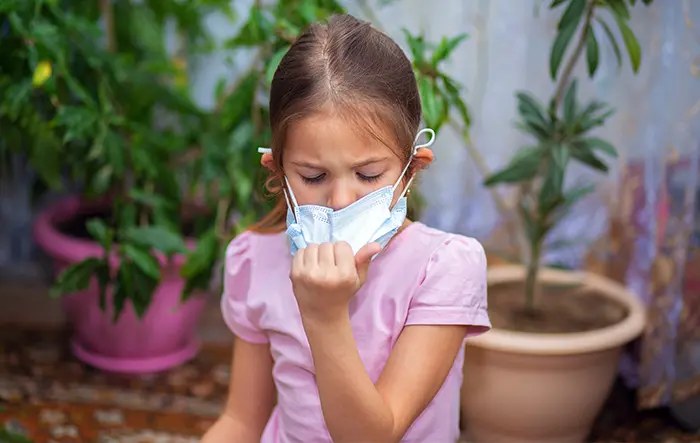
The world is full of people who put no thought into their actions and the consequences they may have and care only for themselves. Selfishness is what has not only gotten us into this mess but kept us here when other countries are doing so much better and controlling the pandemic.
So what does official guidance say?
CDC Guidance
Unfortunately, the Centers for Disease Control and Prevention have not produced any good guides on mask-wearing and usage, which is undoubtedly part of the problem the country is currently facing. The CDC page on coughing and sneezing has been edited to add COVID-19 to the list of respiratory illnesses but doesn’t mention anything about masks. Behavior-wise, this is all they say:
“To help stop the spread of germs:
- Cover your mouth and nose with a tissue when you cough or sneeze
- Throw used tissues in the trash
- If you don’t have a tissue, cough or sneeze into your elbow, not your hands
Remember to immediately wash your hands after blowing your nose, coughing or sneezing.”
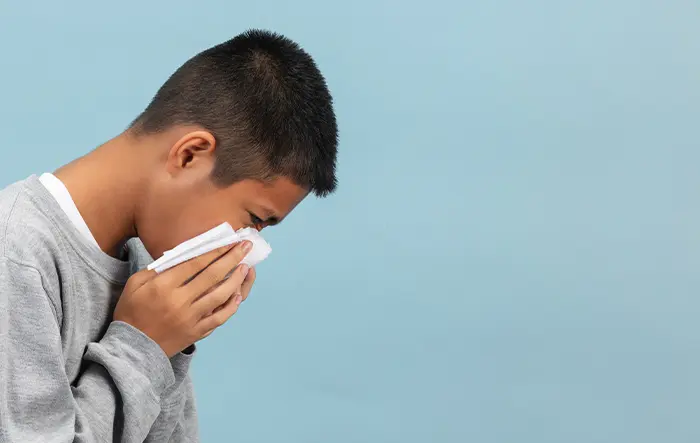
Everything else on their page is about surface contamination, hand washing, and other related forms of prevention. It doesn’t mention masks at all! Their advice is good advice for normal years when the worst you have to deal with is the seasonal flu. This year is special, though, and the majority of us are wearing masks.
The World Health Organization has its own recommendations, but they, too, acknowledge sneezing without a mask. They tweeted:
“Mask or no mask, there are proven things all of us can do to protect ourselves and others – keep your distance, clean your hands, cough or sneeze into your elbow, and avoid touching your face”- @DrTedros #COVID19 #coronavirus”
None of this is helpful! And, indeed, that’s been pointed out as well. In an article on Forbes, Dr. Shanina Knighton, an expert in infection prevention for Case Western Reserve University in Ohio, voices her concerns:
“You cannot tell the public this information without informing them how to launder it. You’re telling them to wear it out in public. What do I do when I start to eat my food? Where do I put my mask? Do I put it down under my chin and proceed to eat? What happens when that person sets it down on the surface? What happens if someone sneezes on the outside of your mask? Do you immediately take it off? Do you leave it on your face? It’s just not clear, and it doesn’t share the things that people will commonly encounter.”
In fact, in that same article, Dr. Knighton’s advice is the closest to an official source stating what to do that we can find.
“The masks to some people mean they can cough and sneeze without covering their mouth, thinking that the droplets aren’t going to travel through the mask. It is the CDC’s social responsibility to provide full instructions for masks including that people continue to wash their hands and also make sure they are using proper cough and sneeze etiquette. These masks are going to help, but we still need you to cough and sneeze into your elbow.”
What You Should Really Do
While the official guidance is lacking, there’s plenty of evidence to direct us to the correct course of action if you have to cough or sneeze while wearing a mask. Here’s what we’ve found, and what you should do as much as possible.
Wear the right kind of mask. The first and most important thing to do is choose the right kind of face mask. Early in the pandemic, we all thought that a certified N95 was the only effective kind of mask. Today, the truth is clearer: though masks alone may not protect you entirely, many kinds of masks can be effective enough to slow the spread of the virus.
- N95s are usually the best if you can get them, but they’re in short supply.
- A mask with a tight face seal and a filter may be better than the alternative.
- Cloth masks can be effective but need a filter element or several layers of fabric to form enough of a barrier to really work.
- Double-masking can work, but only if the under-mask is a tighter face seal and the outer-mask is used as an external additional filter.
- Masks must be worn over the nose and mouth, with the goal of breathing entirely through the mask, not around it.
If you are in the market for a comfortable face mask that also works effectively, be sure to check out our line of face masks!
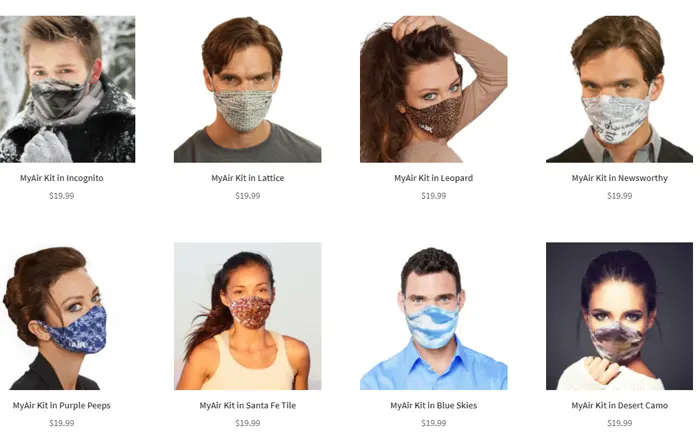
At this point, thousands of different people, from your favorite bloggers to doctors to the CDC and WHO to Dave next door have all given you mask advice, so it’s hard to determine who to trust. Our advice is based on science, and we try not to parrot anything blindly, but we encourage you to do your own research as necessary.
Try to avoid coughing or sneezing in the first place. Depending on the reason you’re coughing or sneezing, you may be able to suppress it.
For coughs, if all you’re doing is clearing your throat, try to avoid it. Work up a bit of saliva to clear the itch in your throat if you can. Cough drops are wonderful as well. You might consider carrying a water bottle, though taking your mask off enough to drink requires enough isolation that you won’t be frowned upon for doing it.
For sneezing, simply try to suppress the sneeze. If possible, learn to sneeze with less force, though we understand that this can be hard to practice. Avoid looking at bright lights if you feel a sneeze coming on; this can trigger the sneeze. Pinching your nose (through the mask!) might help, but you should sanitize your hands after touching the mask to avoid contamination.
Keep your mask on when coughing or sneezing. Perhaps the number one piece of advice here, and the core of the article, is this; keep your mask on! No matter what! If you sneeze and you make a mess, make a bee-line to the nearest restroom to clean the mask and take care of the issue.
This shouldn’t be difficult advice to follow. After all, if you aren’t wearing a mask and you sneeze into your elbow, and you make a mess on your sleeve, you go clean it up, right? You don’t walk around with mucous all over your sleeves. The same goes for a mask. Just deal with it for a minute or two and go clean it up. Yes, it’s gross. Yes, it’s unpleasant. We all have to deal with it.
Sneeze into your elbow, even through the mask. The CDC is at least correct on this one; you should build the habit of coughing or sneezing directly into your elbow. If you have a mask on, keep the mask on, and block anything that makes it through the mask with your elbow.
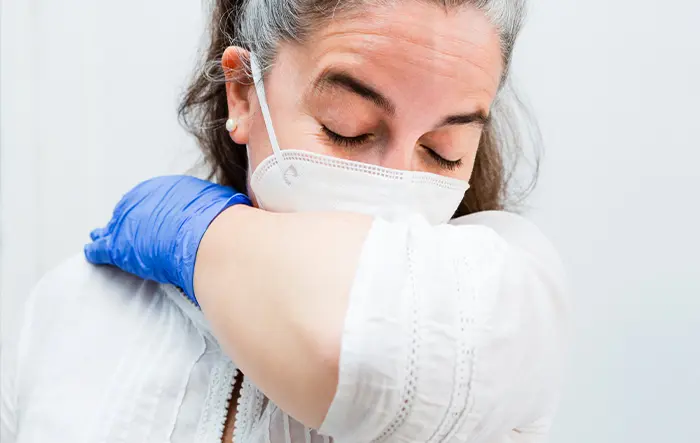
Oh, and don’t bother doing that “elbow bump instead of shaking hands” thing. Just greet people by voice and don’t risk contamination one way or another.
If necessary, take a trip to a restroom to clean your mask. You want to avoid getting your mask soaked through, as that eliminates most of the filtration effects of the mask, depending on the style of mask. An N95 will be essentially ruined if you soak it through. A cloth mask will lose the static electricity effect that causes most of its filtration in the first place, plus wet fabric can be even more unpleasant to wear. A paper/plastic surgical mask will be destroyed. Honestly, we recommend just not cleaning masks unless you have no alternative. Instead…
Carry a spare mask and/or filter in case you need a replacement. Some masks have filters that adhere to or slip into the inside of the mask, so you breathe directly into the filter and the cloth mask holds it against your face. Our recommendation is to carry at least one spare with you at all times. A spare cloth mask should be cheap and easy to obtain these days – you can order them from a million vendors online, or find them in most grocery stores – and spare filters are obtainable from whatever vendor you got the mask from in the first place. By carrying a spare, you can dispose of the contaminated mask (or store it, as necessary) and move on with your life.
Store dirty masks in an enclosed, disposable container. As mentioned in our link above, storing a mask needs to be done carefully, particularly when it’s contaminated or used already. Masks that are disposable need to be discarded safely, and masks that you take home to clean need to be isolated from the other objects in your pockets or purse so they don’t contaminate everything. The simplest option is simply a zipper-lock bag you store the mask in until you get home, and throw away when you’re done using it.
Wash your hands or use hand sanitizer after sneezing or touching a dirty mask. Sanitizing your hands frequently is one of the best things you can do to avoid the spread of any disease, not just something like COVID-19. COVID-19 is airborne and droplet-spread, so dirty hands that touch your eyes/nose can spread it to you easily. Always clean your hands.
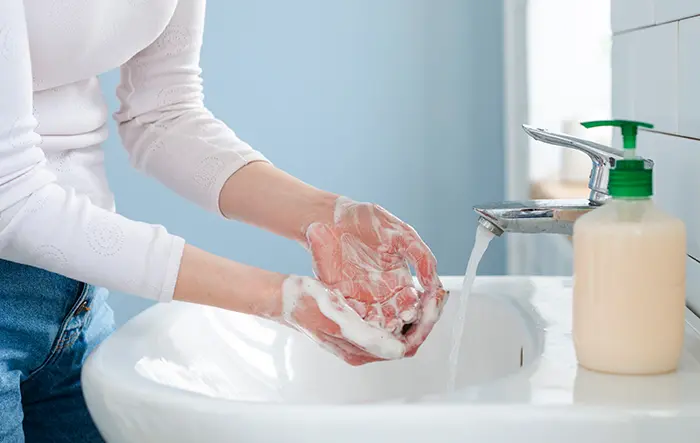
Make sure to clean your mask as frequently as possible, or replace it if it’s disposable. Cleaning a mask depends on the kind of mask you’re using. Anything disposable should, in general, simply be disposed of at the earliest convenience. Throw them in the trash, not on the ground! Someone else has to pick them up, and it’s disrespectful. For cloth masks, you can simply run them through a washing machine cycle and either dryer cycle or air dry them. You can also hand wash them if you prefer.
Stay home if you have a respiratory illness. If you’re worried about coughing or sneezing frequently while you’re out and about, maybe you should stay home instead. The world abounds with services you can use to get things like groceries delivered to your door, so there’s less need to go out than ever before.
Yes, we’re aware that many people don’t have that luxury, and that hundreds of terrible companies are forcing their employees to come to work even with positive Coronavirus tests, let alone mere symptoms. It isn’t very fun, but all we can do is give you advice for you to follow to the best of your ability. Avoid going out to a place you need to wear a mask if you can, and if you can’t suppress a sneeze, at least keep your face covered when you let it rip.
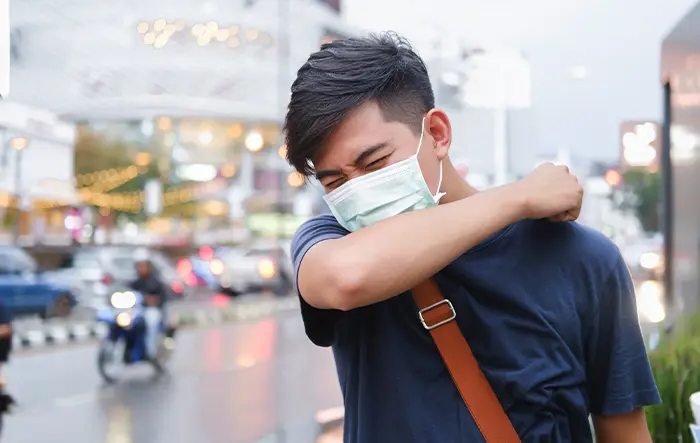
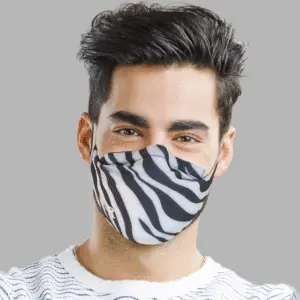

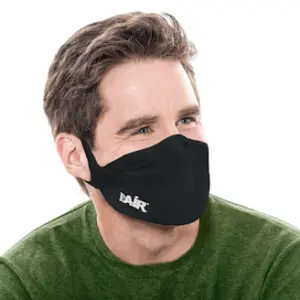
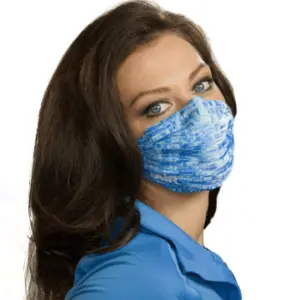
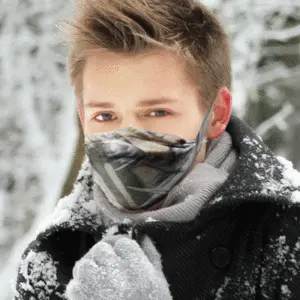
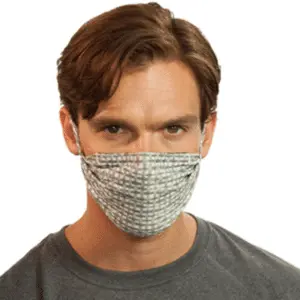
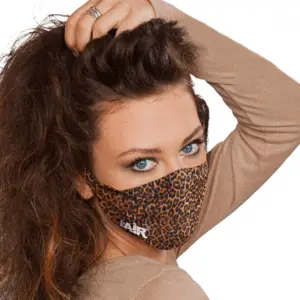
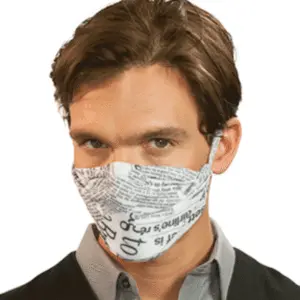

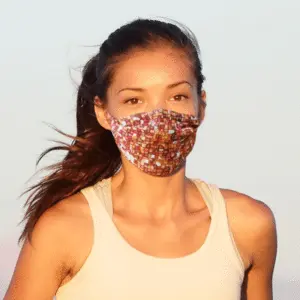

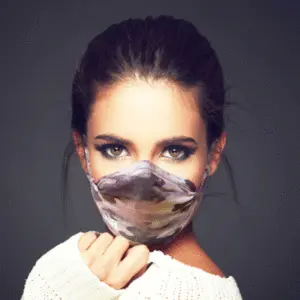
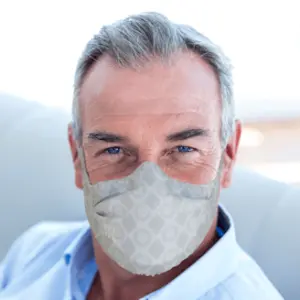



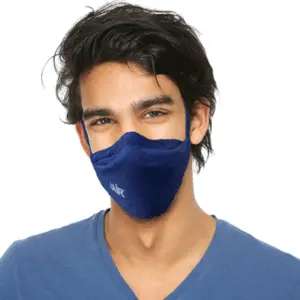

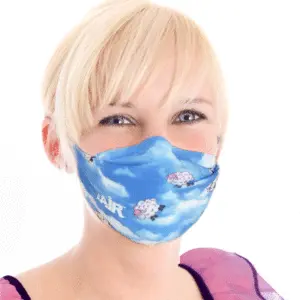
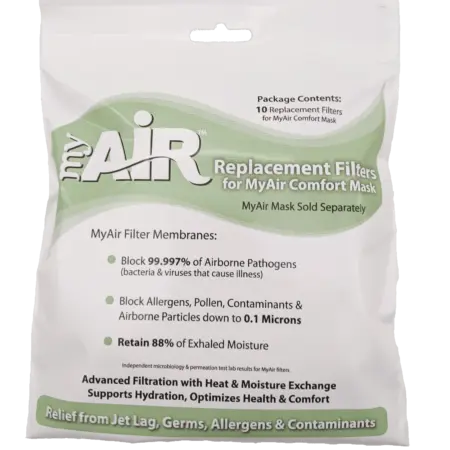
0 Comments